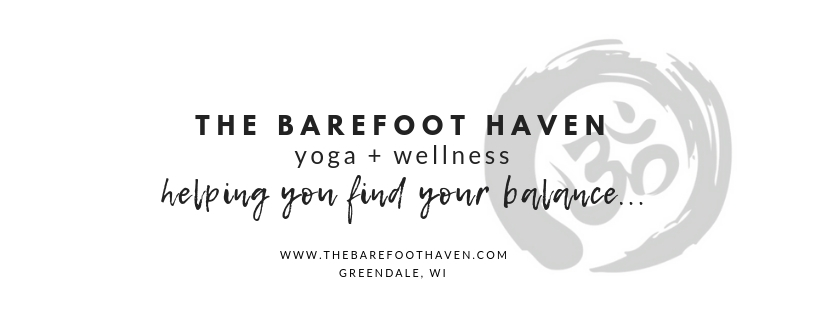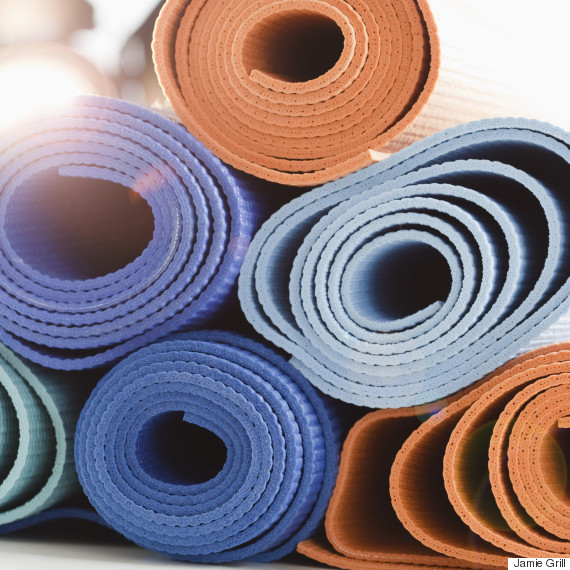So you’ve decided to join the 21 million adults in the U.S. who practice yoga. Or maybe you’ve had it with your mat, and you’re looking for a new one. In any case, over at The Huffington Post we’ve been wondering: what should we be looking for in a yoga mat to make sure we get the most out of our vinyasa?
Upon consulting a few yoga instructors, we got some insight into what everyone should know before buying a yoga mat.
Here are some tips.
Go for grip.
Is there anything worse than sliding around on your yoga mat while trying to take deep breaths in downward dog? Nope. So when you’re shopping for a mat, test out grip. Are your palms sliding around? Are you clinging to your mat for dear life? If so, it’s probably not the mat for you. But if you do end up with a slippery mat, yoga instructor Yanoula Athanassakis has a few suggestions.
“One trick I use with new mats that slip is chalk, or I roll them on the concrete outside to get rid of that slippery surface of the untouched mat,” she told HuffPost.
If you’re new to yoga, make sure your mat is padded enough ...
When you’re just starting out, building up your strength takes some time — so make sure your mat is there to help you out along the way.
“For brand new yogis, it’s important to have a more padded mat to that can slowly build joint and muscle strength and help prevent injury,” Athanassakis said. “I used a flimsy mat for a period and my wrist really bothered me from inversions.”
Her suggestions for starter mats? The eKO Manduka, Jade mats and Lululemon’s “the mat.”
... But test out the foam situation.
Padding is great and all, but make sure you’re not doing your sun salutations on a giant piece of foam. “Really foamy mats are more for gym work or napping,” Athanassakis explained.
Keep toxins in mind.
Some yoga mats are full of PVCs, which is a toxic plastic with carcinogens in it. So when shopping, opt for a PVC-free mat. “This mat is is something you want to spend time with,” Suzanne Bryant-Cunha, a San Francisco-based yoga instructor who created the documentary “YOGA IS,” said. “You want to wear natural products. Natural rubber feels so much better.”
Keep it light.
As important as padding is, who wants to lug a heavy mat around all day? For a nice balance of thickness and lightness, opt for the eKO Lite Mat, which retails at $52 and weighs 3.5 pounds, according to PopSugar.
Don’t be afraid to spend a few extra dollars.
Don’t get us wrong: we’re all about saving money. But a high quality yoga mat is worth the splurge. “Avoid the cheap mats,” Athanassakis said. “You might think you’re saving a buck at first, but you’ll wear it out quickly, it’s bad for the environment, and cheap mats are usually too thin and flimsy.”
“You can trust Manduka in terms of price for longevity,” New York-based instructor Elena Brower adds. “Those mats last forever.”
Choose a fun mat.
Like many of life’s functional tools, you’ll enjoy your mat more if its pleasing to look at. If a brightly-colored or patterned mat will make you more likely to go to yoga, make it happen.
“I go for a fun color,” Bryant-Cunha said. “Jade yoga mats come in a variety of beautiful colors.”
Who’s ready to go mat shopping?
Article by Leigh Weingus, Huffington Post

